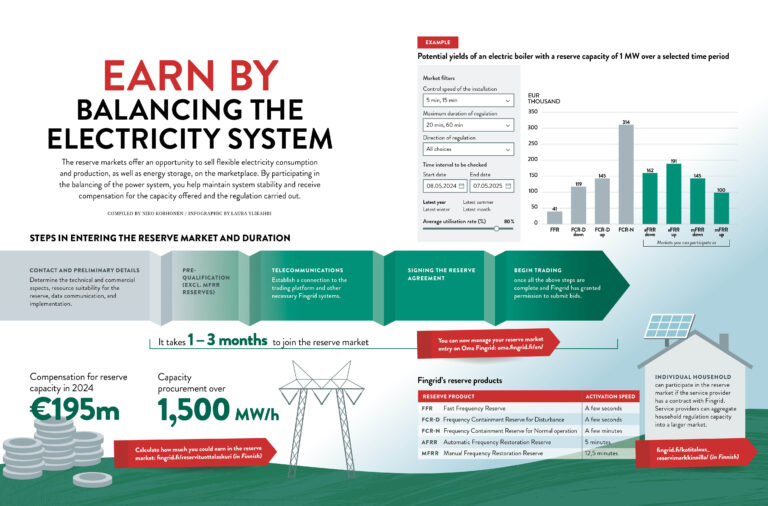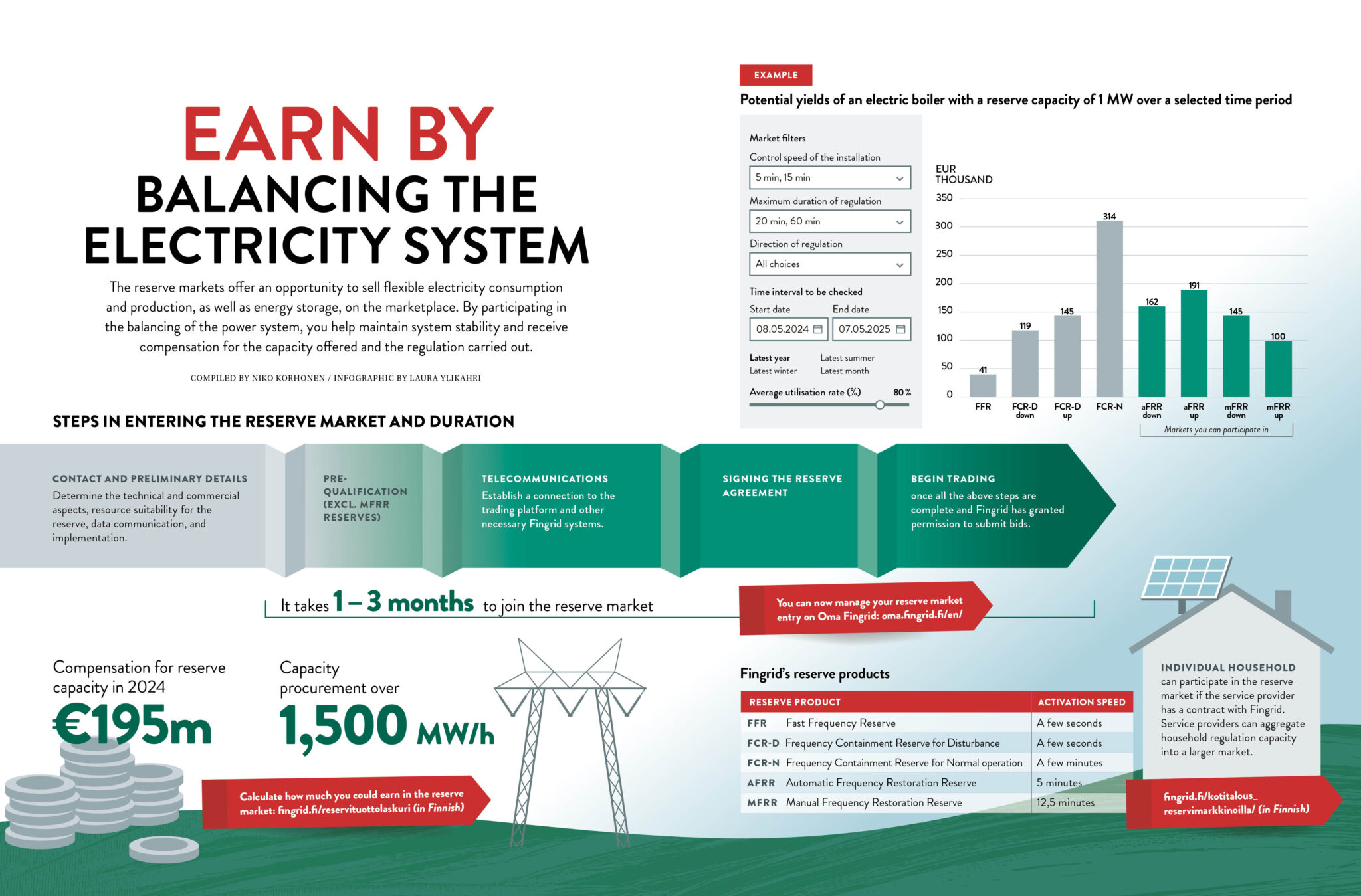After one year of negotiations between European Institutions, the reform of electricity market design is about to become effective in all EU countries.
The reform aims to reduce consumers’ exposure to fossil fuel price spikes, to accelerate investments in renewable energy sources (RES), and flexibility resources, and to enhance prevention of market manipulation.
The reform seeks to boost the development of non-fossil flexibility resources.
In response to the extremely high and volatile electricity prices of 2022, EU governments called for structural reforms in the electricity market. These were tabled in March 2023 by the European
Commission and politically agreed by the European Parliament and the Council in December
last year. The reform covers four main areas:
- Long-term price signals for generation investments
- Development of non-fossil flexibility
- Consumer protection
- Wholesale markets integrity
One of the key objectives of the reform is to “reduce dependence on short-term market prices, and to accelerate the deployment of renewable energy sources”.
For this purpose, the new rules aim at increasing the use of long-term contracts by a) incentivising the use of power purchasing agreements (PPAs); b) establishing Contract for Differences (CfDs) as the standard support scheme for new RES and Nuclear generation assets; c) facilitating the introduction of Capacity Mechanisms; and d) reforming forward markets to improve their liquidity and increase cross-zonal hedging opportunities.
The reform seeks to boost the development of “non-fossil flexibility resources” – especially demand response and storage. Member States will be required to assess their flexibility needs, to establish indicative objectives for demand response and storage, and to possibly introduce new support schemes for such flexibility resources.
The new rules promote demand response also by allowing consumers to use dedicated meters for their Electric Vehicles and Heat Pumps, as well as by facilitating energy sharing.
For what concerns consumers, the reform promotes a wider choice of contracts (both fixed and dynamic pricing), stricter rules on suppliers hedging and suppliers of last resort, and protection from disconnection for most vulnerable consumers. In addition, in case of sharp and prolonged increase of electricity prices, the Council may declare an “electricity price crisis” allowing Member States to take exceptional measures such as regulated prices.
Lastly, the regulation on wholesale market integrity and transparency (known as REMIT) was also updated to enhance prevention of market manipulation. Market parties and marketplaces will be subject to additional reporting requirements, while powers of regulators will be strengthened. In particular, ACER will be able to investigate potential market abuse cases of cross border nature including with on-site inspections.
Marco Foresti
Policy and Market Design Manager
ENTSO-E







